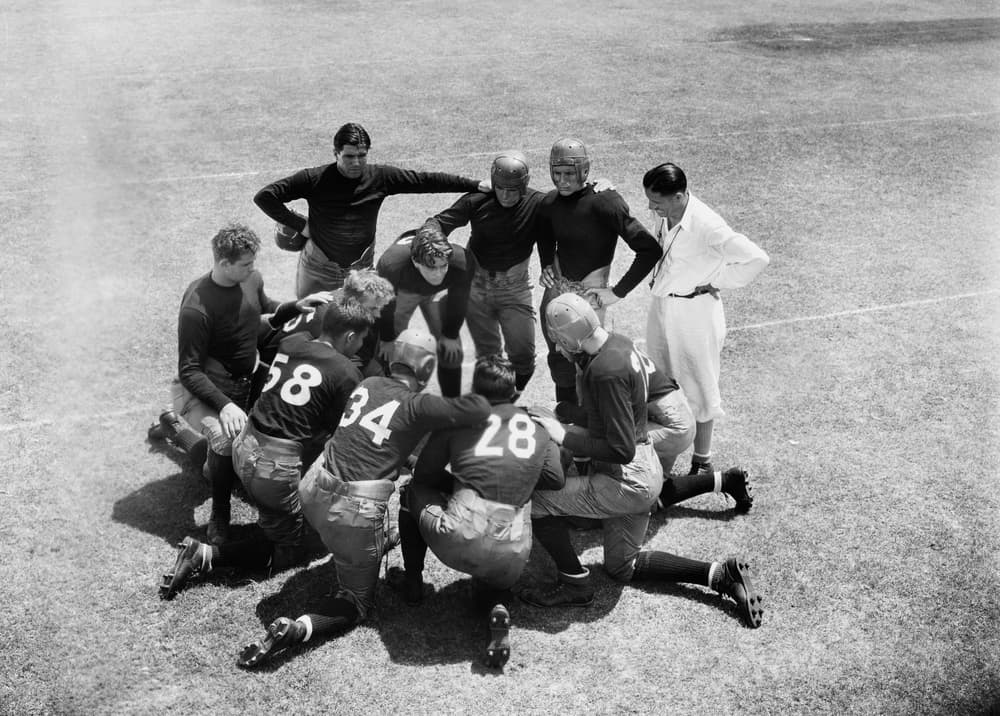
- For example, a bus driver injured his right arm in a work-related accident. The doctor finds the muscles and bones have mostly healed and the patient should no longer be feeling pain and may return to work for four, rather than an eight-hour day.
- But in your weekly reviews, the employee complains that opening the bus door is still so painful he cannot drive home at the end of the day.
In this situation, write an email from the injury coordinator to the adjustor asking if a functional capacity evaluation (FCE) may be needed. Also, consider options for alternate work for a while longer.
8 Part Email To Send When Transitional Duty Doesn’t Work
-
- Be sure to include claim number and all relevant addresses and contact information on the letter.
- Include the supervisor in any discussions.
- Clearly explain the situation: who is injured, what the injury is, what the current complaint is and what the physician says the worker should be able to do
Click Link to Access Free PDF Download
“The 6-Step Process To Determine Workers’ Comp Injury Causation”
- Explain the company’s medical advisor reviewed the reports and the employee’s complaints do not mesh with the current medical diagnosis.
- Acknowledge the pain could be imagined (but without judgment) or the result of the employee being fearful of additional injury. Be aware that the pain might be very real also, and don’t minimize the likelihood of this possibility. Anyone who has ever had repetitive arm injury knows how painful it can be and often even a small amount of use can trigger painful symptoms.
- Ask your adjustor if an (FCE) is needed and, depending on results, perhaps an off-site work hardening program is in order. In work-hardening the employee is allowed to build up to his regular job capacity in a supervised setting, removing the fear of re-injury.
- Ask the adjustor for suggestions of work-hardening centers in the area.
- Acknowledge the difficulty of this claim and ask the adjustor for a timely response.
Real or imagined, pain while doing one’s job benefits neither the company nor the employee. There are programs designed to help your employee work through these issues.
Vigilant attention to the employee will ease this process.

Michael Stack, CEO of Amaxx LLC, is an expert in workers’ compensation cost containment systems and provides education, training, and consulting to help employers reduce their workers’ compensation costs by 20% to 50%. He is co-author of the #1 selling comprehensive training guide “Your Ultimate Guide to Mastering Workers’ Comp Costs: Reduce Costs 20% to 50%.” Stack is the creator of Injury Management Results (IMR) software and founder of Amaxx Workers’ Comp Training Center. WC Mastery Training teaching injury management best practices such as return to work, communication, claims best practices, medical management, and working with vendors. IMR software simplifies the implementation of these best practices for employers and ties results to a Critical Metrics Dashboard.
Contact: mstack@reduceyourworkerscomp.com.
Workers’ Comp Roundup Blog: http://blog.reduceyourworkerscomp.com/
©2024 Amaxx LLC. All rights reserved under International Copyright Law.
Do not use this information without independent verification. All state laws vary. You should consult with your insurance broker, attorney, or qualified professional.
















